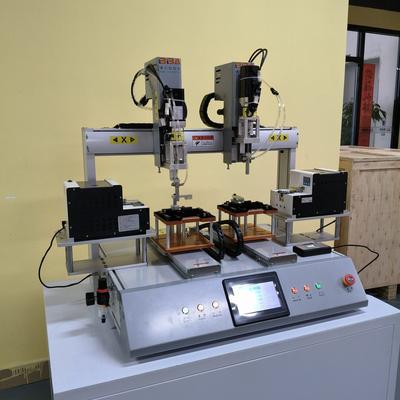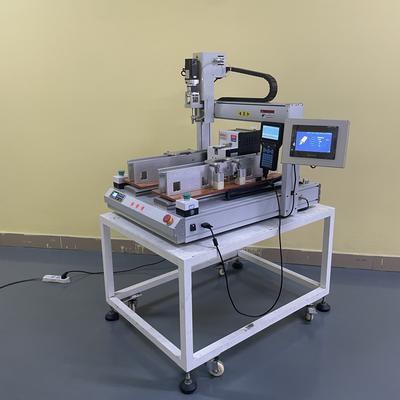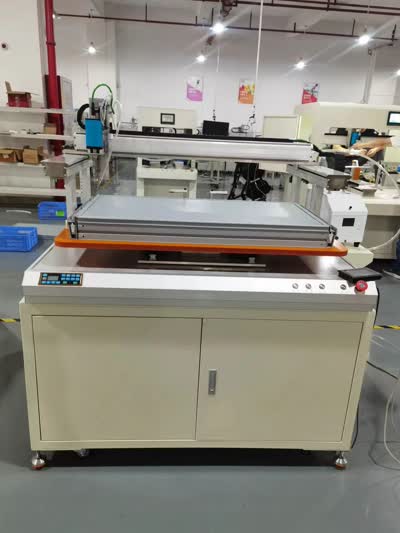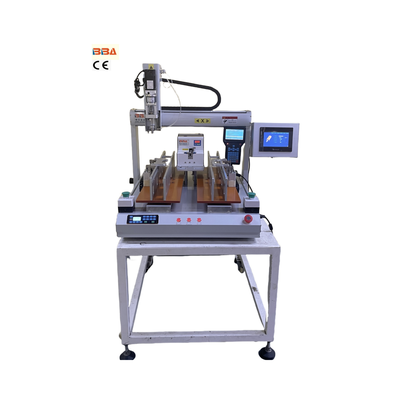Common Mistakes in Screw Automation and How to Avoid Them | Industrial Automation
In the realm of industrial automation, screw automation plays a pivotal role in ensuring precision, efficiency, and consistency in assembly processes. However, even with advanced technology, common mistakes can hinder performance and lead to costly downtime. Identifying and avoiding these pitfalls is crucial for optimizing your automation systems. Below are some frequent errors to watch out for when implementing screw automation solutions.
1. Incorrect Screw Selection
Choosing the wrong screw type or size is a common oversight that can disrupt automated processes. Screws that are too short may not provide sufficient clamping force, while oversized screws can damage components or cause jamming. Always verify the screw specifications—including thread type, length, and head style—before integration into your automation system. Material compatibility, such as using corrosion-resistant screws for harsh environments, is another critical factor.
2. Poor Feeder System Calibration
A misaligned or improperly calibrated feeder system can lead to inconsistent screw presentation, misfeeds, or jams. Regularly inspect and adjust the feeder mechanism to ensure screws are correctly oriented and smoothly delivered to the driving tool. Vibration settings, track angles, and bowl speed should be optimized for the specific screw type and application to maintain a reliable workflow.
3. Neglecting Torque Control
Inaccurate torque application is a frequent issue in screw automation. Over-tightening can strip threads or deform parts, while under-tightening may result in loose connections. Modern torque control systems allow for precise adjustments, but these must be correctly configured based on material hardness, screw size, and joint requirements. Implementing real-time torque monitoring can further prevent defects and ensure consistent quality.
4. Insufficient Maintenance
Lack of regular maintenance accelerates wear and tear on screw automation equipment. Dust, debris, or residual lubricants can accumulate in feeders and drivers, leading to malfunctions. Establish a routine maintenance schedule to clean, lubricate, and inspect critical components. Replacing worn-out parts, such as driver bits or feed tracks, before they fail can prevent unexpected downtime.
5. Ignoring Environmental Factors
Environmental conditions like temperature fluctuations, humidity, or exposure to chemicals can impact screw automation performance. For instance, temperature changes may cause thermal expansion in metal components, altering screw fit. Similarly, moisture can lead to corrosion or clogging. Assess the operating environment and select equipment with appropriate protective features, such as sealed enclosures or anti-corrosion coatings.
6. Overlooking Operator Training
Even highly automated systems require skilled operators to monitor and troubleshoot issues. Inadequate training can result in improper handling, missed error signals, or delayed interventions. Ensure operators are proficient in system operation, basic troubleshooting, and safety protocols. Regular refresher courses can help maintain high performance and reduce human error.
Conclusion
Avoiding these common mistakes in screw automation can significantly enhance efficiency, reduce waste, and extend equipment lifespan. By paying attention to screw selection, feeder calibration, torque control, maintenance, environmental factors, and operator training, companies can achieve seamless and reliable automated assembly processes. Investing time and resources in preventive measures will ultimately yield long-term benefits for your production line.

| Product Name | Applicable industries |
| Smart Screw Driving Machine | Automotive Electronics Assembly |


